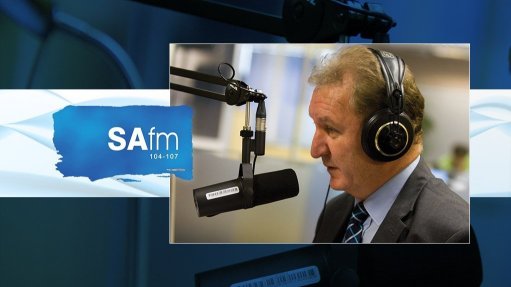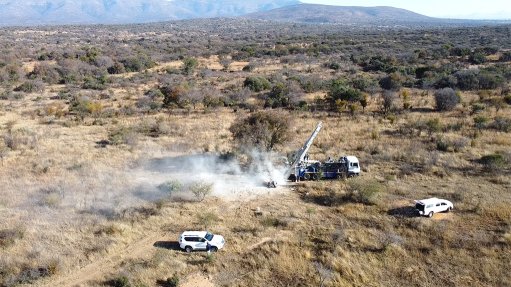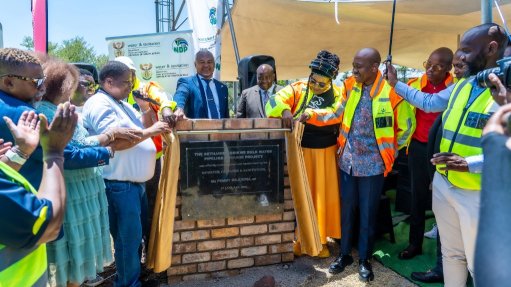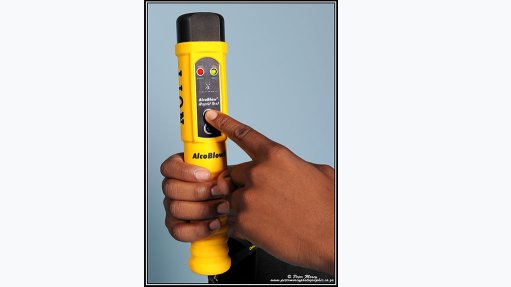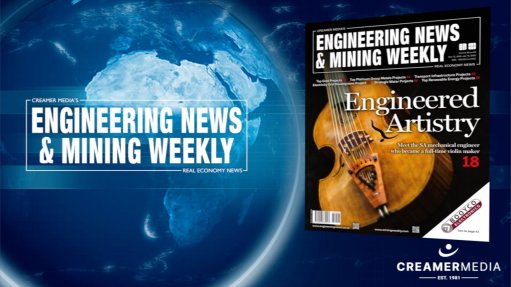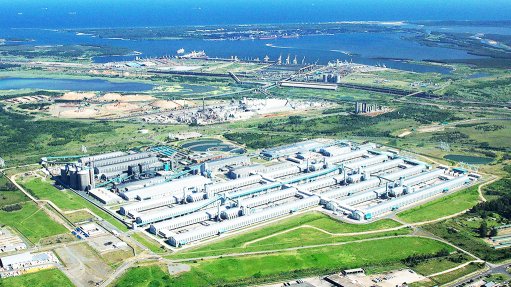Challenges hindering economic benefits – FAPA

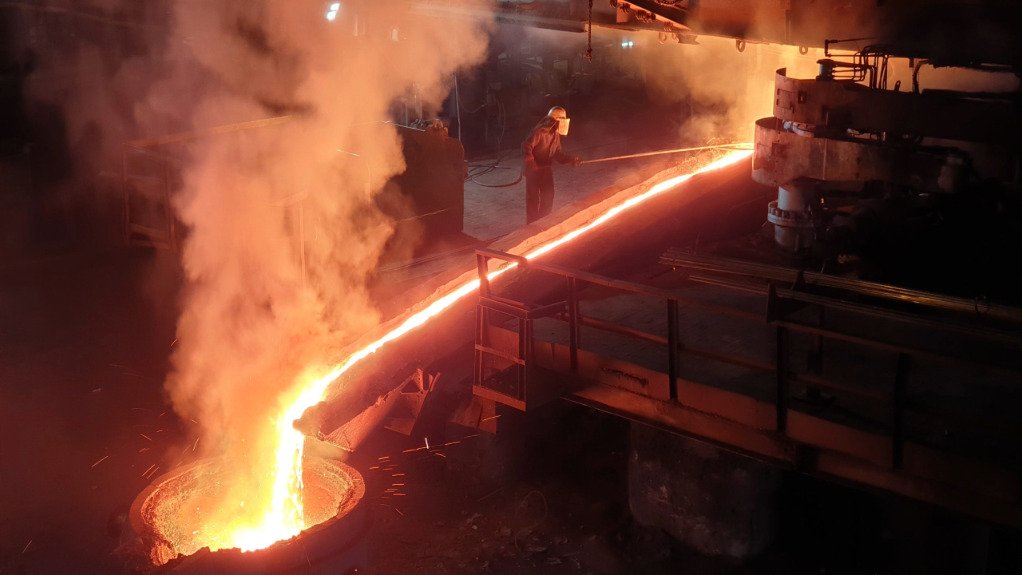
CHALLENGES ABOUND High electricity costs, coupled with a lack of government support and global market dynamics are putting significant pressure on ferroalloy producers, potentially leading to smelter closures and job losses
Amid constraints in global demand and weak pricing for ferroalloys, the local industry faces high energy costs and currency fluctuations that affect its ability to compete against global competitors, highlights Johannesburg-based industry association Ferro Alloy Producers Association of South Africa (FAPA) chairperson Nellis Bester.
Most operational smelters in South Africa produce chrome, silicon and manganese alloys, primarily used in the steel, stainless steel, aluminium and solar power industries.
A primary factor contributing to the volatility of ferroalloy prices is the high cost of electricity in South Africa, accounting for up to 60% of total production costs for certain alloys, he adds.
This follows years of higher-than-inflation-driven increases, rendering the industry uncompetitive when compared with international counterparts and neighbouring countries, owing to higher operational expenses and potentially lower profitability.
The options to mitigate the impact of high electricity costs in the ferroalloys industry are increasingly limited, says Bester, noting that, over the past three multi-year price determination (MYPD) Eskom tariff increases, the industry has repeatedly warned of an “impending death spiral”.
“The local beneficiation sector can no longer operate competitively, owing to escalating electricity costs, and this is evident in the number of smelter closures following each MYPD implementation.”
In the past 12 months, the industry has lost 22 furnaces, affecting more than 10 000 jobs.
Currently, only nine furnaces are operational in South Africa, while 53 furnaces remain idle, though restart-ready, pending urgent government support to prevent large-scale closures and retrenchments anticipated before the end of 2025, adds Bester.
Competitive Disadvantage
Local steel production is under significant pressure, owing to an influx of low-cost steel imports, primarily from Asia, which enter the local market at prices below domestic production costs.
The industry also faces challenges owing to global tariff wars, adversely affecting South Africa’s manufacturing sector, adds Bester.
“Globally, conversion margins for commodities are at their lowest in more than five years, driven by oversupply and geopolitical uncertainties, particularly concerning US tariff policies.”
These factors make it “extremely difficult” for local beneficiation and steel industries to remain competitive, leading to prolonged struggles in these sectors.
Bester also notes that the ferroalloys market is facing a challenging supply-demand dynamic, which has led to depressed prices and reduced conversion margins.
Taking these factors into account, he says that, without urgent government intervention as a first step, particularly in the form of competitive electricity pricing for local smelters and the implementation of significant duties on steel imports, the situation is likely to deteriorate further.
This could lead to additional downsizing across the ferroalloys value addition industry, with significant implications for employment and economic stability in the country.
“South Africa has considerable potential, owing to its mineral wealth, but also bears the responsibility to protect smelters that are integral to the country’s critical minerals strategy.
“Smelters not only support industrial beneficiation but also play a vital role in maintaining grid stability through baseload consumption of State-owned utility Eskom, which helps mitigate the risk of loadshedding,” highlights Bester.
Challenge Upon Challenge
Other difficulties affecting the domestic ferroalloys industry – such as illegal mining and raw material exports, particularly in the chrome industry – have a “notable impact” on local materials miners and metals makers.
Addressing these issues through effective regulation could enhance legitimate mining activities by more than 10%, suggests Bester.
There is also a pressing need to protect the local steel industry from dumped imported steel through the imposition of protective duties that are important to restore fair competition between local and foreign suppliers, and to support domestic beneficiation.
“It’s essential to recognise the interdependence between local beneficiation smelters [such as ferrosilicon, silicon, ferromanganese and ferrochrome], and the steel and stainless steel sectors.
“Enhancing the competitiveness of smelters will directly lead to improved competitiveness for the steel value chain, which, in turn, supports downstream manufacturing,” he adds.
All these efforts, Bester continues, contribute to national revenue – such as income for Eskom – and the protection and the potential creation of employment in these key industries.
Meanwhile, South Africa introduced a carbon tax of R120/t on every unit of CO2-equivalent emissions on June 1, 2019, with yearly increases set at consumer price index plus 2%.
While current allowances, ranging from 60% to 95%, offer partial relief, Bester says these are scheduled to decline over time, placing increasing pressure on domestic smelters.
“Among the major ferroalloys producing countries, such as China, Indonesia, Kazakhstan and India, South Africa stands alone in being subject to a carbon tax.
This regulatory distinction significantly elevates production costs, undermining further the competitiveness of South African producers in the global market.”
Considering these challenges and the country’s high unemployment rate, Bester says the rationale for this tax “has to be questioned”.
The urgency for decisive, coordinated action is crucial – without it, the consequences could resonate throughout the domestic economy, undermining industrial resilience, energy security and long-term socioeconomic development, he concludes.
Article Enquiry
Email Article
Save Article
Feedback
To advertise email advertising@creamermedia.co.za or click here
Announcements
What's On
Subscribe to improve your user experience...
Option 1 (equivalent of R125 a month):
Receive a weekly copy of Creamer Media's Engineering News & Mining Weekly magazine
(print copy for those in South Africa and e-magazine for those outside of South Africa)
Receive daily email newsletters
Access to full search results
Access archive of magazine back copies
Access to Projects in Progress
Access to ONE Research Report of your choice in PDF format
Option 2 (equivalent of R375 a month):
All benefits from Option 1
PLUS
Access to Creamer Media's Research Channel Africa for ALL Research Reports, in PDF format, on various industrial and mining sectors
including Electricity; Water; Energy Transition; Hydrogen; Roads, Rail and Ports; Coal; Gold; Platinum; Battery Metals; etc.
Already a subscriber?
Forgotten your password?
Receive weekly copy of Creamer Media's Engineering News & Mining Weekly magazine (print copy for those in South Africa and e-magazine for those outside of South Africa)
➕
Recieve daily email newsletters
➕
Access to full search results
➕
Access archive of magazine back copies
➕
Access to Projects in Progress
➕
Access to ONE Research Report of your choice in PDF format
RESEARCH CHANNEL AFRICA
R4500 (equivalent of R375 a month)
SUBSCRIBEAll benefits from Option 1
➕
Access to Creamer Media's Research Channel Africa for ALL Research Reports on various industrial and mining sectors, in PDF format, including on:
Electricity
➕
Water
➕
Energy Transition
➕
Hydrogen
➕
Roads, Rail and Ports
➕
Coal
➕
Gold
➕
Platinum
➕
Battery Metals
➕
etc.
Receive all benefits from Option 1 or Option 2 delivered to numerous people at your company
➕
Multiple User names and Passwords for simultaneous log-ins
➕
Intranet integration access to all in your organisation







